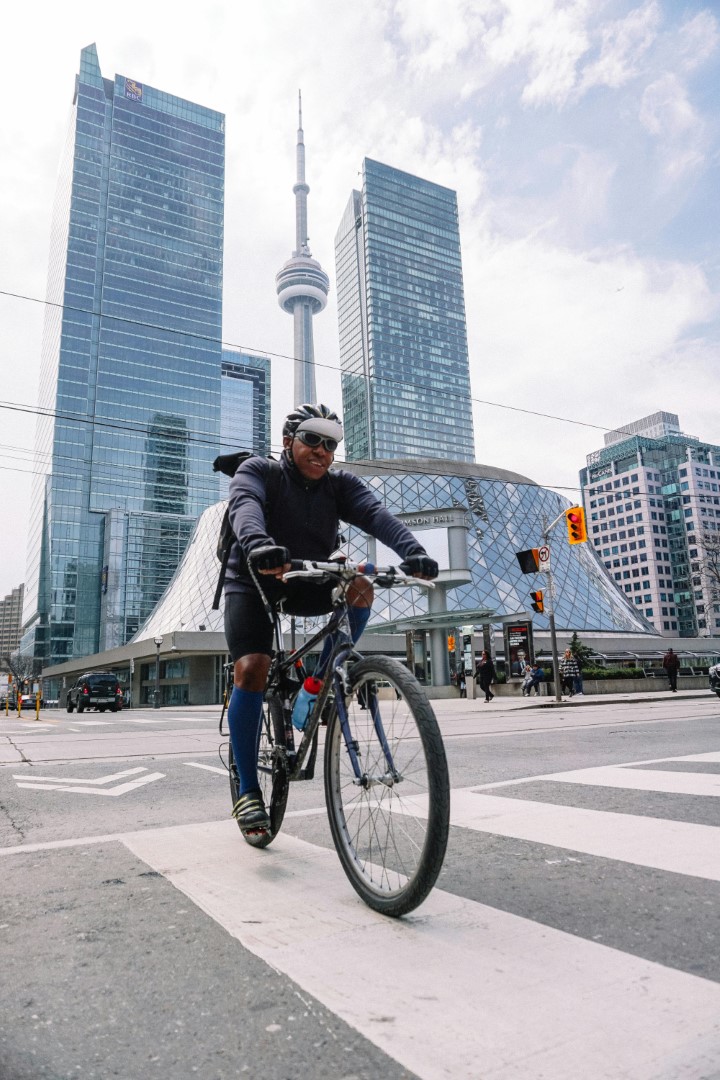While cycling is an excellent physical activity, providing numerous health benefits, commuting by bicycle is a different and oftentimes hazardous endeavor. The lack of safe and consistent infrastructure forces cyclists to navigate construction zones, narrow streets, and poorly marked lanes, putting them at constant risk of harm. Even with the proper equipment, such as high-visibility clothing and lights, cyclists are still vulnerable to being knocked off their bikes, cut off by drivers, or run off the road. Civic transportation infrastructure, which has been constructed to heavily prioritize the needs of cars and buses, often leaves cyclists at a disadvantage. Cycling must be recognized not just as a plucky sidekick to car infrastructure, but a legitimate mode of transportation that deserves dedicated and safe infrastructure.
The current state of cycling infrastructure in Edinburgh, for example, is not only a safety concern, but a deterrent to attracting new cyclists. The frightening experience of navigating through streets dominated by cars, with poor visibility and inadequate protection, is enough to scare off even the most enthusiastic would-be commuters. Edinburgh’s cycling infrastructure is characterized by a lack of consistent and comprehensive routes, making it difficult for cyclists to travel directly and safely from one place to another. The piecemeal and often shoddy construction of cycle paths and lanes creates a daunting environment for new cyclists, who are thrown into the fray with little support, leading many to abandon their attempts to commute by bike altogether.
To truly promote cycling as a viable mode of transportation, our city must design infrastructure with the intention of attracting new cyclists. This means creating a network of safe, inviting, and well-designed bike lanes that prioritize the needs of cyclists over cars. New cyclists, in particular, often lack the skills and confidence to navigate traffic safely, and therefore require infrastructure that accommodates their learning process. This cannot be achieved by simply slicing out small pockets of space from existing car infrastructure, but rather by designing dedicated bike routes that are separate from traffic, well-lit, and free from hazards. Road closures should also be explored to create dedicated car-free zones, allowing cyclists to travel safely and efficiently through the city without the threat of vehicular traffic.
Transforming Edinburgh’s cycling infrastructure is crucial for making cycling a viable option for everyone. By dedicating roads and spaces to cyclists and pedestrians, we can create a culture that is inclusive and accessible to all, not just seasoned cyclists who are willing to brave the dangers. This investment will not only increase the number of people who choose to cycle, reducing congestion, pollution, and greenhouse gas emissions, but also improve public health and quality of life, ultimately making Edinburgh a more sustainable and livable city for all.


Leave a Reply